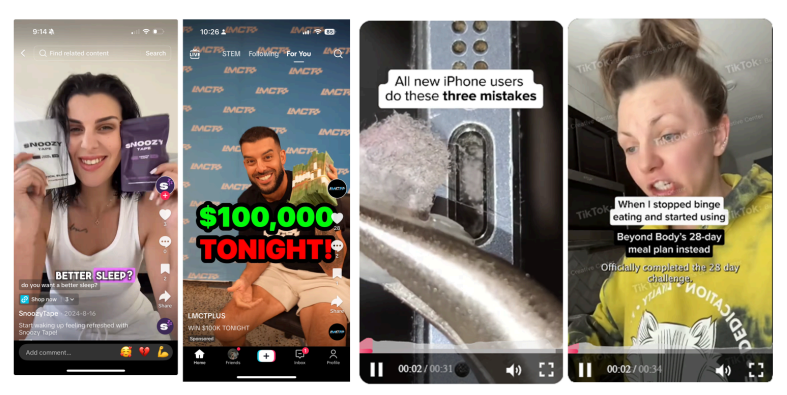Should marketers and agencies rage against the algorithm?
The platforms, with their strict rules around the algorithm and best practice, are leading to a sea of sameness, says Emma Baston, head of planning at independent Melbourne media agency PMG, who argues adland needs to fight conformity.
I don’t know about your social media feed but mine feels like I constantly see the same couple of video formats. Whether it’s the emotional hook video, the multitask video or the five things you need to know (note to reader: the last one will shock you!) there is a growing sea of social sameness.
And often it’s a similar picture when it comes to social advertising. Amid a short form video revolution Tiktok has redefined the vertical video format ad in a way that is increasingly being adopted across multiple platforms, be it Instagram Reels, Youtube Shorts, or even now Linkedin videos. No platform is immune.



Great work Basti, you’re always my number 1 🙂
Great article!